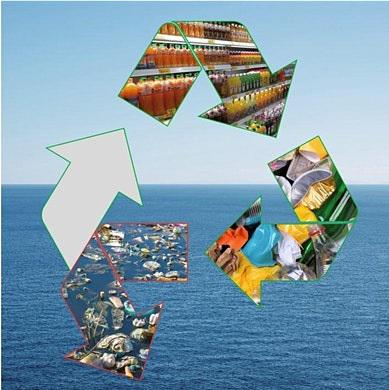EASAC: "Packaging plastics in the circular economy"

EASAC: "Packaging plastics in the circular economy"
De plastiekcrisis vraagt om fundamentele systeemsverandering, aldus het nieuwe rapport van EASAC (European Academies Science Advisory Council).
Plastics are literally everywhere. Since the 1960’s global plastic production has increased from 1.5 million to almost 400 million tons per year. “Macro and microplastics are widespread on land, in the seas and are even found in the air. For many species, plastics are deadly, through entanglement and ingestion, while microplastics are transmitted throughout the food chain. In the history of mankind, the 21st century might actually be remembered as the ‘plastics age’”, says Norton.
“We do not question the essential role and benefits of plastics in our way of life. But the warning of our report is not a dystopia of environmental activists. It’s science”, Norton continues. The report makes clear that voluntary mechanisms and market mechanisms are insufficient to address the problem. Norton: “European legislators should adopt rules and incentives to speed up the move towards a Circular Plastic Waste Economy. We have to reuse plastic goods and packaging, drastically improve our recycling and above all see that no waste is leaked into the environment.”
The Academies’ report makes clear that banking on growth is not an option, not least because switching to many so-called “bio”-materials cannot be justified on resource or environmental grounds either. Says Norton: “They can mislead consumers by creating a false image of sustainability and thereby risk prolonging today’s throw-away mentality.”
This is the first time ever that the leading scientists from the National Academies of Science of 28 European countries have joined efforts in taking an in-depth look at the whole plastics value chain. Based on their findings, EASAC’s scientists issue the attached seven recommendations to EU policymakers how to transform the system.

